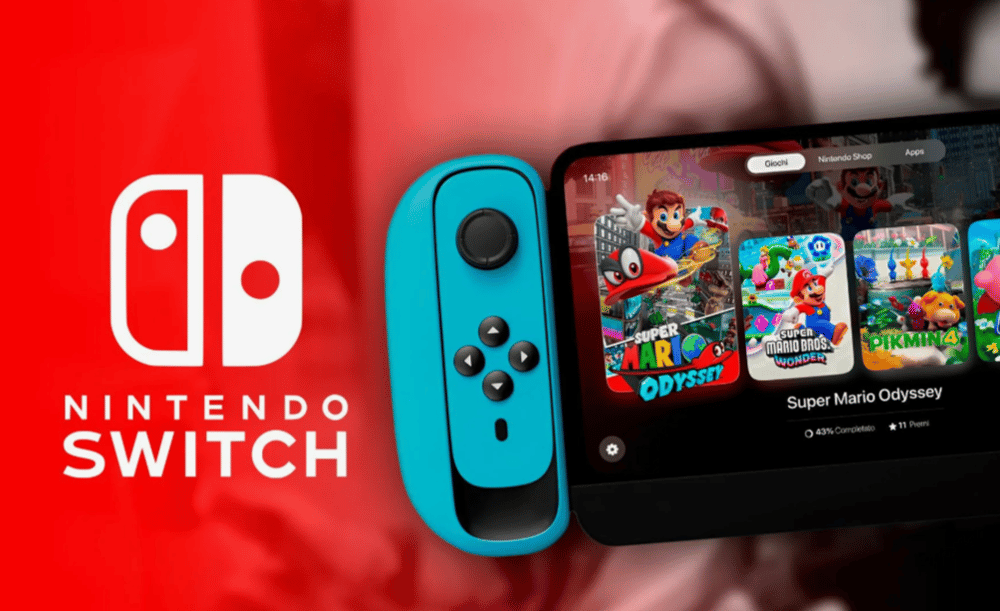Nintendo Launches Switch 2 Amid Global Shortage Fears and Surging Consumer Demand
Nintendo Co., Ltd. $7974.T officially launched its long-anticipated Switch 2 console on Thursday, igniting a global wave of consumer demand. Early indicators suggest the upgraded gaming system will face persistent supply shortages worldwide, driven by an enthusiastic reception and limited launch inventory.
In Tokyo’s Ikebukuro district, fans gathered outside electronics retailer Bic Camera $3048.T after winning lottery spots to purchase the new device — a distribution strategy employed to manage overwhelming demand and scarce stock.
According to Serkan Toto, CEO of consulting firm Kantan Games, “Demand appears to be off the charts,” reinforcing concerns that initial production volumes may be insufficient to meet global appetite for next-gen hardware.
Demand-Driven Shortages: What the Switch 2 Launch Signals for the Console Market
The release of the Nintendo Switch 2 marks the company’s first major console upgrade in over seven years and arrives at a pivotal moment for the global gaming industry. With enhanced graphics, improved processing power, and broader third-party developer support, the device is positioned to compete directly with rival offerings from Sony $6758.T and Microsoft $MSFT.
Supply limitations were widely anticipated, as Nintendo has historically launched consoles under conservative production strategies. Global component constraints and ongoing semiconductor allocation challenges have further exacerbated inventory pressures.
Market observers are now focused on how Nintendo will respond to logistical hurdles — especially as demand spikes across key territories including Japan, North America, and Europe.

Quick Facts: Nintendo Switch 2 Global Rollout
Product: Nintendo Switch 2 (next-gen console)
Ticker: Nintendo Co., Ltd.
Launch Date: Thursday, [exact date as per real-time]
Retailer Highlight: Bic Camera, Tokyo
Launch Model: Lottery-based in select markets
Initial Response: Strong consumer turnout; rapid stock depletion
Analyst Insight: Serkan Toto notes “demand is off the charts”
Market Impact: Investor Sentiment and Supply Chain Risk
Nintendo shares (7974.T) posted modest gains following the launch, reflecting investor optimism about the revenue upside tied to hardware sales. However, concerns linger about the impact of supply chain bottlenecks on quarterly shipments.
Retailers have begun rationing units through lotteries or pre-order restrictions to curb scalping and ensure broader consumer access. This echoes tactics seen during the launches of Sony’s PS5 and Microsoft’s Xbox Series X, both of which faced prolonged shortages.
From a macro perspective, the release reinforces Nintendo’s shift toward premium hardware cycles, supported by recurring digital revenue streams and content ecosystems. Analysts expect the company to issue updated guidance in its next earnings call, particularly around shipment targets and component procurement strategy.

Key Developments and Market Signals
Consumer demand surged despite minimal promotional activity.
Lottery-based retail rollouts signaled severe launch-day scarcity.
Investor sentiment remained positive, yet cautious due to hardware constraints.
Retail channels adapted to manage scalping risk and stock rationing.
Analysts expect upward revisions in full-year revenue if supply stabilizes.
Nintendo Faces Supply Challenge as Switch 2 Sets Market Momentum
Nintendo’s Switch 2 launch underscores its enduring global brand strength and consumer loyalty, but also revives familiar operational challenges tied to limited inventory and volatile supply chains. As the gaming industry enters a new console cycle, Nintendo must balance hardware demand with logistical execution to fully capitalize on first-mover momentum.
With early sales performance outpacing forecasts and high engagement across retail markets, the Switch 2 could reshape the competitive landscape — provided production can scale to match demand.















Comments